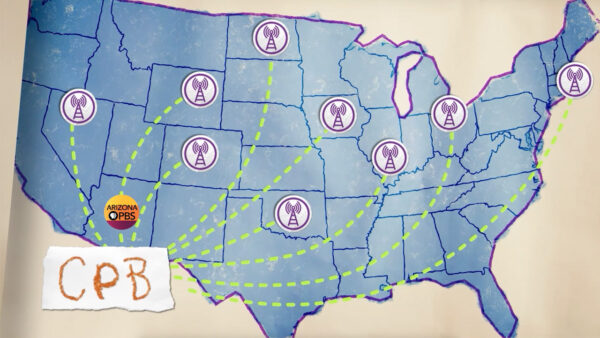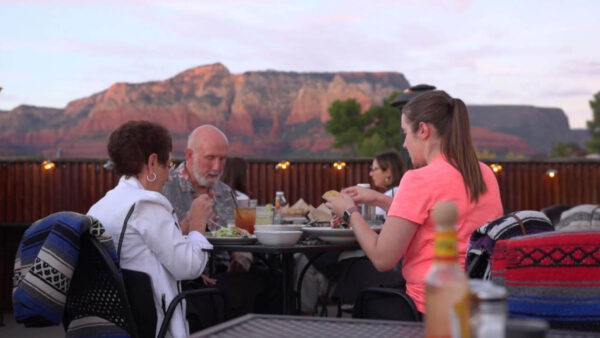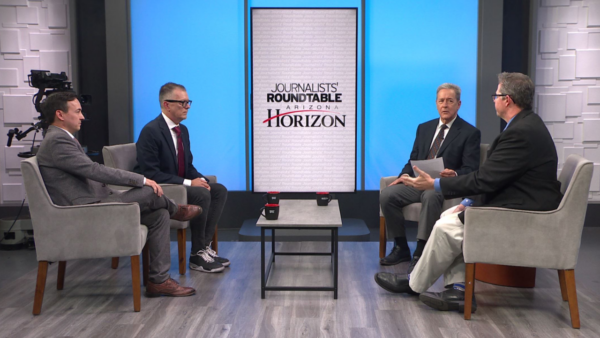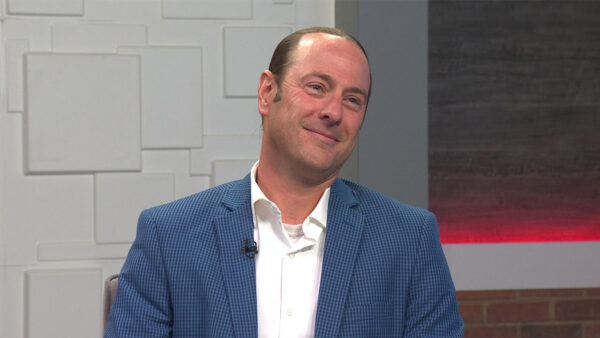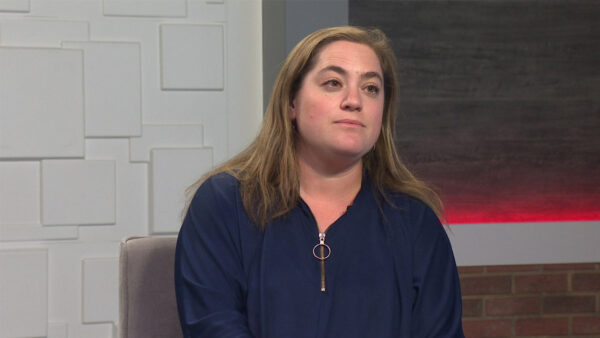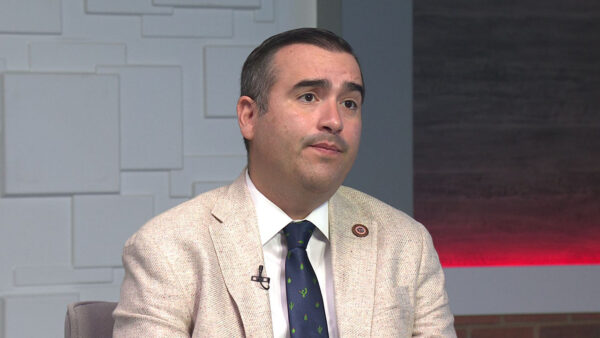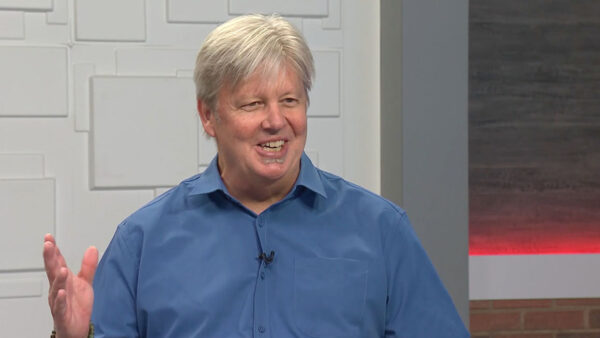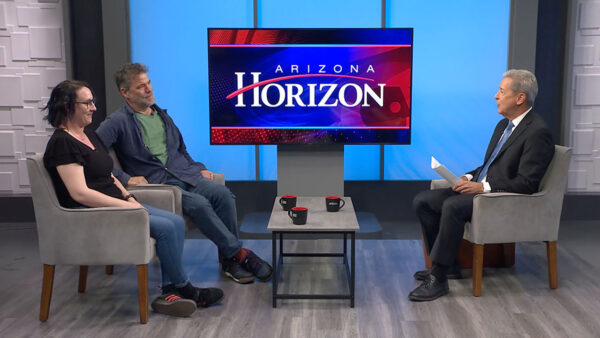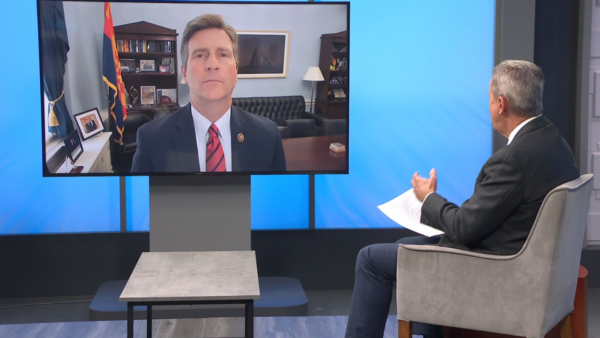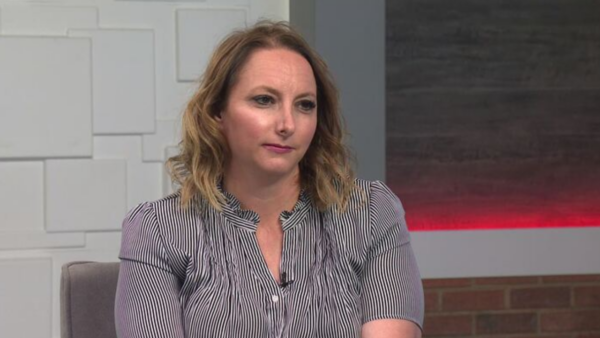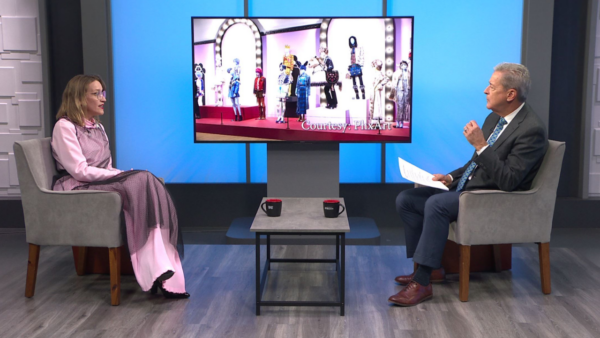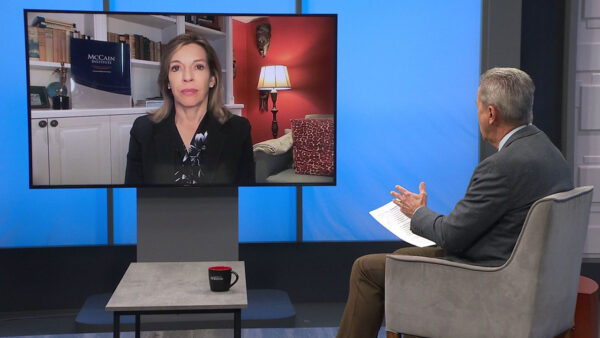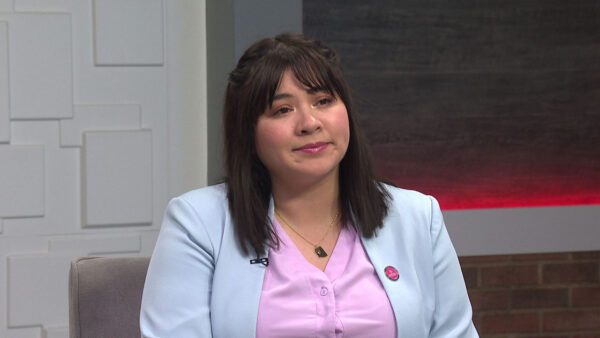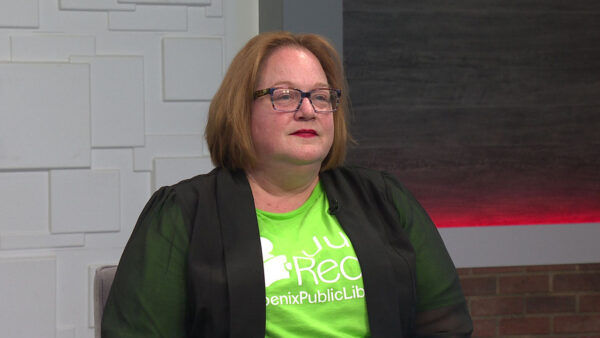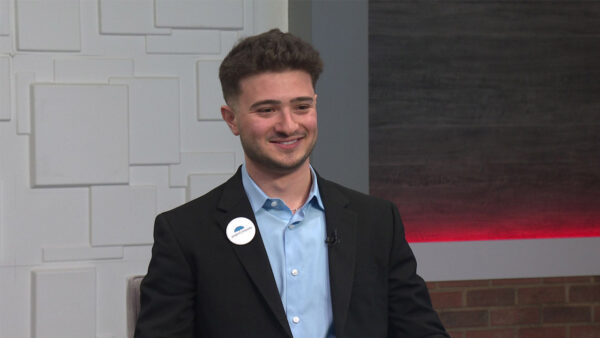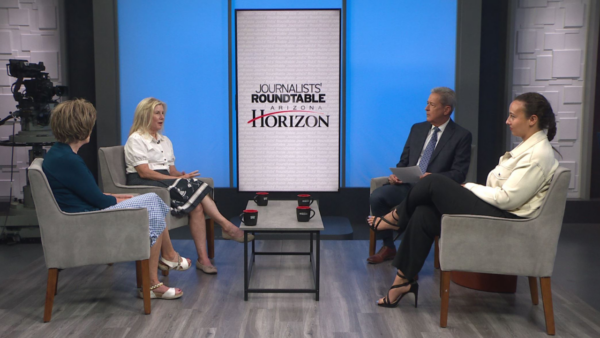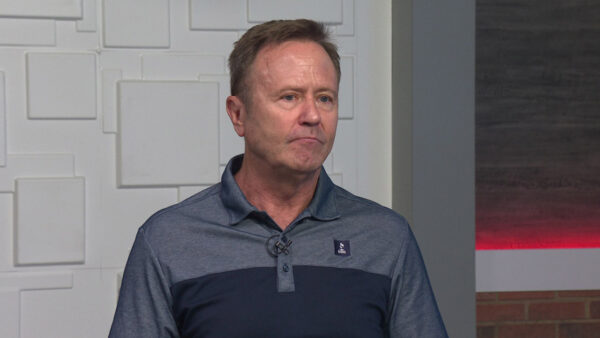The annual Maricopa Association of Governments Point-in-Time homeless street count and shelter count will take place January 26. It’s an effort to learn more about the homeless people and families in Maricopa County. Brande Mead, human services manager of MAG, will tell us more.
Ted Simons: A street count of the homeless in Maricopa County will take place tomorrow, an effort to learn more about the County's homeless population. Joining us is Brande Mead, head of mag. I guess you're spearheading it? Conducting it?
Brande Mead: yes. We're reaching out tomorrow morning with about 300 volunteers that are spanning out across the region to count and survey individuals and families who are experiencing homelessness.
Ted Simons: So it's an early morning kind of overnight sort of thing?
Brande Mead: So the volunteers are going out in the morning from 6:00 a.m. until noon and they have assignments all across Maricopa County covering all the cities and towns.
Ted Simons: it's a count but there's also a survey involved.
Brande Mead: that's correct. Yes. We have about a 20-question survey, and the survey will ask questions like demographic information about the length of time that people have been experiencing homelessness as well as other information as well to help us to better understand the population that's experiencing homelessness within our region.
Ted Simons: how long has this -- the count itself, how long has that been going on?
Brande Mead: we have been coordinating the count since 2002. We do that each year, the last Tuesday in January each year.
Ted Simons: and the survey was not always included, was it?
Brande Mead: No. We have been conducting a survey for three years now. It helps us to better understand the reasons that people are experiencing homelessness and a little more about the people that are experiencing homelessness rather than just getting a number.
Ted Simons: 2015 sounded like there were 5600 people counted experienced homelessness, 4300 reported sleeping in shelters, 380 were children. Were those numbers up, the same, lower than previous years.
Brande Mead: Over all we saw a 5% reduction in the shelter as well as on the street. We do a shelter count as well. On the street we did see a slight increase, about a 22% increase in the number of people that are literally homeless on the street.
Ted Simons: Can that be attributed to a better counting procedures, things along those natures?
Brande Mead: Yes. We did change the methodology slightly, so we know that some of the increase that we saw within the street count was a result of the methodology change, but that is something as we look to improve the count each year the methodology does change slightly. So we always have to consider those reasons.
Ted Simons: It's called a point in time count, and it's obviously a one-time count, one time of the year. Why? And why this time of the year? Atlantis any idea of expanding this or seeing what happens in the summertime?
Brande Mead: The federal government requires that we conduct the count annually in the last ten days of January. And we conduct the count not only to apply for federal resources that go to homeless programs within the community but also we have incorporated the survey so we can better understand the reasons that people are experiencing homelessness and more about those who are on the streets and in shelter. We have done a summer count in the past and have looked at that data. We're not currently doing the summer count on an annual basis but that's something that we may want to do again as well.
Ted Simons: how much federal assistance is involved? What kind of federal assistance?
Brande Mead: So our continuum of care within our community receives homeless assistance funding and that's for permanent supportive housing as well as some transitional housing programs across the region to get those who are currently on the streets or in shelter into housing.
Ted Simons: I saw maybe 25 million a year from HUD, something along hose lines.
Brande Mead: we received just over $26 million last year.
Ted Simons: with all of this in mind, who exactly does the counting and are those paid counters?
Brande Mead: the counters are volunteers. We work with coordinators in all of the cities and towns across the region, and the coordinators work with Maricopa association of governments to recruit volunteers. The volunteers work within groups of two or three and they are assigned areas within the region to go out and conduct the count and administer the survey.
Ted Simons: as far as training is concerned, who trains them? What are they taught?
Brande Mead: So we do conduct trainings within all of the cities and towns that are conducting the point in time count. So mag staff coordinates with those trainers on how to appropriately go out and to approach someone on the street and how to do that in a manner that is respectful of the individual on the street.
Ted Simons: when they do approach these folks they do ask questions. What are the stories you are hearing? You want to better understand the homeless from previous counts. What's been understood?
Brande Mead: So we're really understanding the length of time that people are on the street and we're understanding some underlying reasons for their homelessness. We look at information like disabling conditions, whether or not the person on the street may be a homeless veteran, and whether there may be substance abuse issues that may attribute to their situation and what we're finding is that in many cases it's many different reasons that led to them becoming homeless.
Ted Simons: as far as the survey is concerned, the count is concerned, identifying trends I would imagine would be big.
Brande Mead: Yes. We are looking to uncover trends. One particular area that we're looking at is those that are experiencing chronic homelessness, those who have been on the streets for very long periods of time. We're trending that data and ideally we would like to see those numbers go down because we have resources available to house them and to provide wrap-around services to ensure that they remain housed once they are off the streets.
Ted Simons: so when people are watching this and saying this sounds interesting, I guess you learned about the homeless first thing you don't have a home but you learn other things. What do we take from the count? How do we address these folks, help these folks?
Brande Mead: we're looking to see reductions. We have many efforts around the community to engage and house people that are experiencing homelessness. We use the data for local planning efforts and to target interventions to best fit the needs of those who are experiencing homelessness.
Ted Simons: good luck with this year's count. Let's hope we have fewer numbers. Just for the heck of it let's hope that.
Brande Mead: I hope so.
Ted Simons: good to have you here.
Brande Mead: Thank you.
Ted Simons: Tonight's edition of Arizona technology and innovation looks at a fuel efficient car, and we're not talking about a Prius or a Tesla. We're talking about a car made by an Arizona man who is looking to make his Mark in the auto industry. Shana Fischer and Langston Fields introduce us to the Elio.
Video: Paul Elio is not a typical car maker and the Elio is not a typical car.
Paul Elio: The Elio is a new concept in transportation.
Video: The first thing you notice about the Elio is its unusual design which includes three wheels instead of four and the differences don't stop there. Inside the two seats are in a straight line instead of side by side.
Paul Elio: experience of the Elio, it feels like any other car you've been in because from the chest to the door it's about an inch more, a little more roomie, but with the rear street folded up you can put the airbag in the overhead bin and you can then fit in golf clubs. They coming with power steering, power locks and stereo.
Video: Elio says his car has met all national safety standards.
Paul Elio: It's a full size vehicle, so we have ample crush zones front and back. It's designed with full roll cage, three airbags, two seatbelts. It will be very safe.
Video: While the design might be considered out of the box there's no new technology involved and Elio says that will be the key to its success.
Paul Elio: because as a pre-ref now start-up even if it takes you six or nine months longer to work out than you thought, bad things happen. By using all known technology from people who are already making it we up our chances of success. How we achieve this is just through innovative packaging and design.
Video: another innovation he's proud of, getting 84 miles to the gallon. A recent study found the average fuel efficiency of a U.S. vehicle has improved only three miles per gallon since the days of the Ford model T. There.
Paul Elio: After five years of sales, we can reduce total U.S. gas consumption by nearly half a percent. That's a meaningful number. Whether your biggest concern is the trade deficit due to foreign oil or global warming due to carbon emissions, the answer is the same. Use less oil. We need to use less oil and Elio can accomplish that in a meaningful way.
Video: he says his car becomes affordable for an entire economic section of this country.
Paul Elio: if you're struggling in this country your biggest issue is mobility. There's a Harvard economist that did a study. The biggest single correlator whether you get out of poverty or not is mobility.
Video: Elio is an engineer by trade and has worked for car companies in the past. Ever since he was a little boy, though, he's dreamed of designing his own car. Now that he's on the verge of that coming true, he says this realty is even better than he could have imagined.
Paul Elio: dream big, don't be afraid to fail. Like we talked about, there's been a lot of hard days on this road. But you just keep trying.
Ted Simons: Elio motors is currently taking reservations for the vehicle on its website with the first expected to roll off the assembly line late this year.
Ted Simons: Tuesday on "Arizona Horizon," we'll discuss the benefits of partnerships between nonprofits and governments and we'll take you to a local soul food cafe that's been serving up home cooked meals for 50 years. That's at 5:30 and 10:00 on the next "Arizona Horizon." That is it for now. I'm Ted Simons. Thank you so much for joining us. You have a great evening.
Video: "Arizona Horizon" is made possible by contributions from the friends of Arizona PBS, members of your PBS station. Thank you.
Brande Mead:Human services manager of MAG

